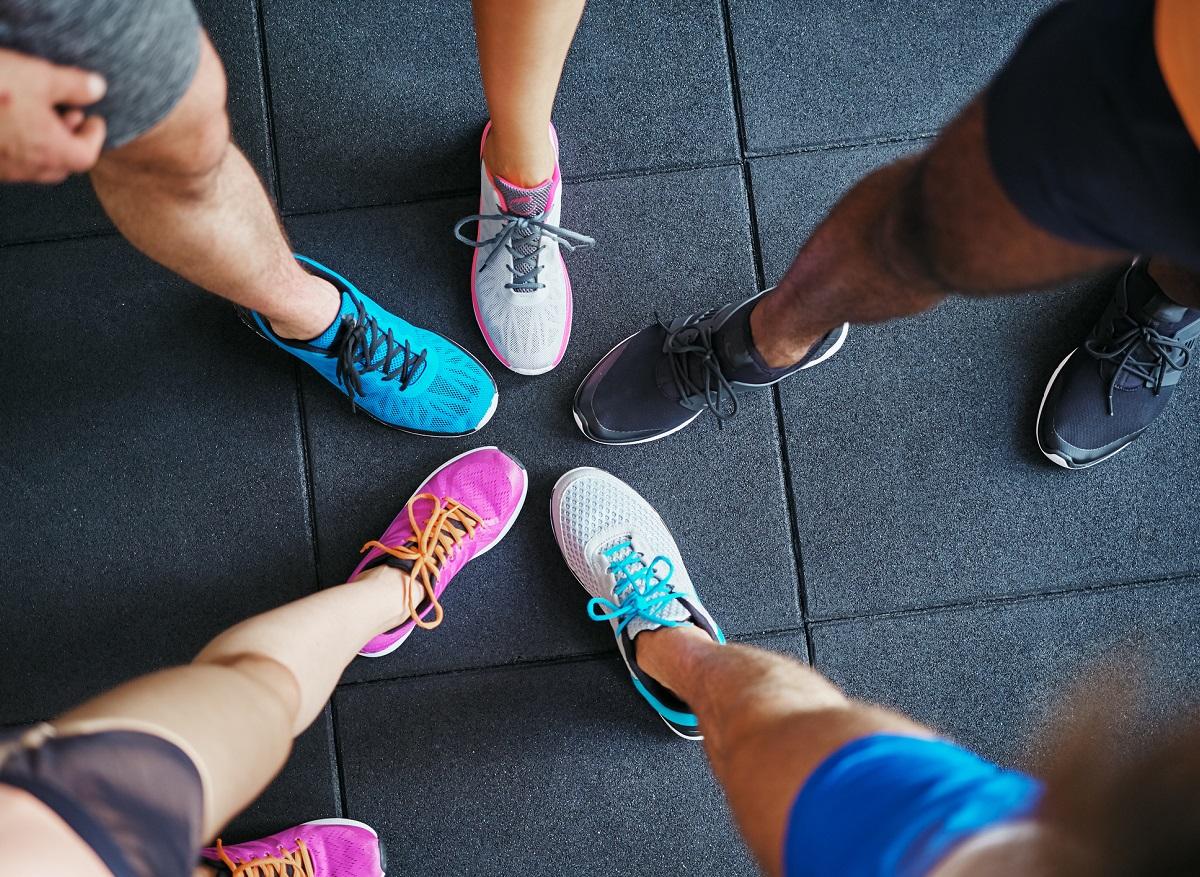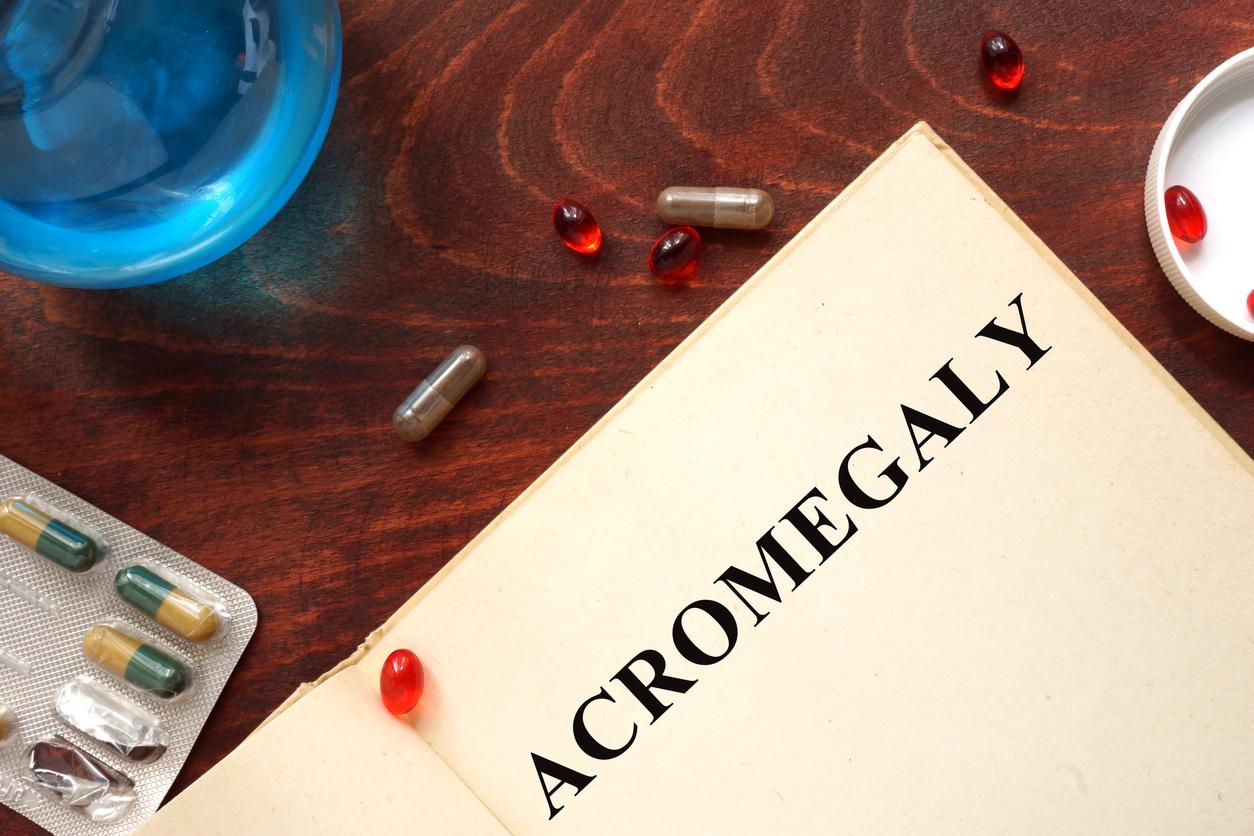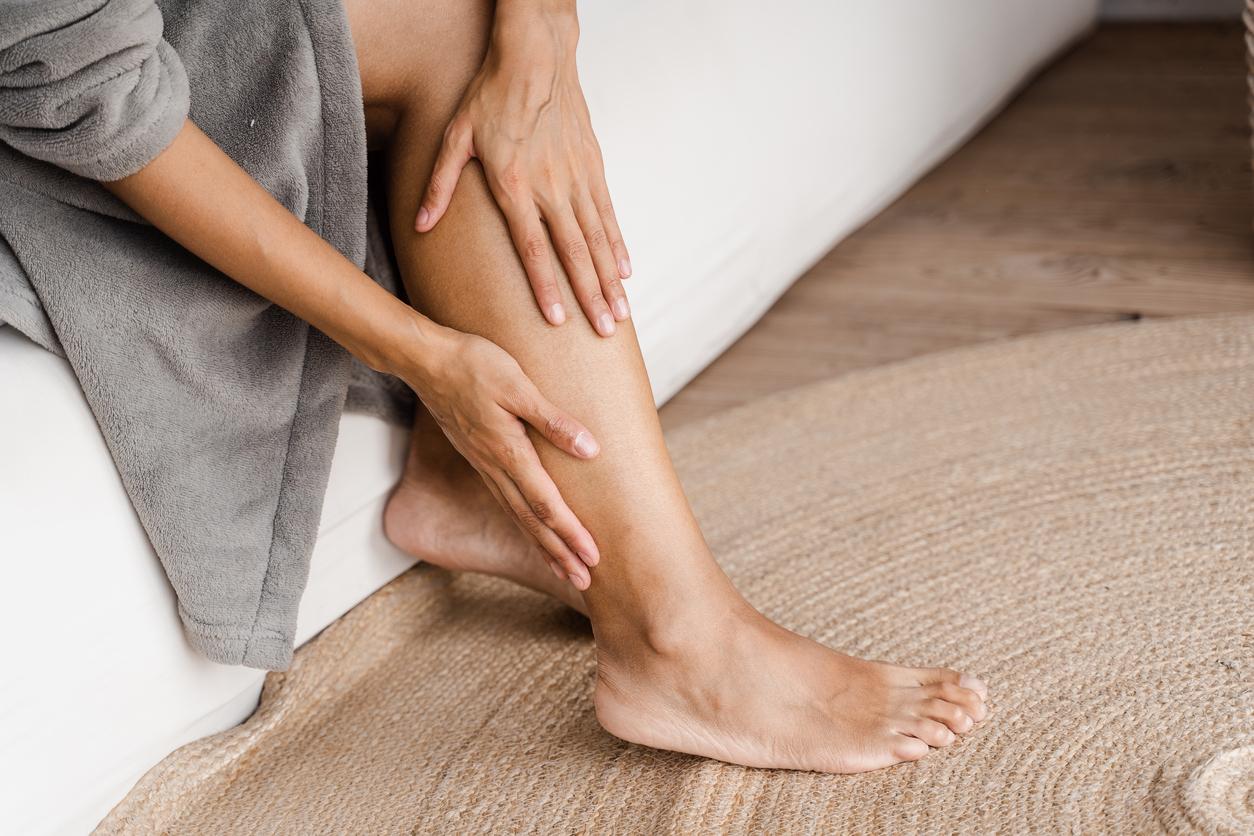Gisele: I come to see you, Doctor, because my foot hurts. It’s not super painful but I’m still annoyed because it doesn’t pass…
Dr. Dominique Pierrat: When did this discomfort start?
Gisele : I do not know exactly. I walk a lot because I’m a salesperson and I have appointments all over Paris and the suburbs. But lately I have had this problem in my right foot.
Dr. Dominique Pierrat: Do you have pain more in the morning, or in the evening after your day’s work?
Gisele : As soon as I walk. But still more in the morning.
Dr. Dominique Pierrat: Is there a specific place where it hurts?
Gisele : If I walk on tiptoe, no problem. It’s under the heel that I feel the pain. That’s where the bone called the calcaneus is, right?
Dr. Dominique Pierrat: Absolutely ! But not all heel pain is bone pain. And then a broken bone, you know, that really hurts. And it’s usually after a fall. Although… There are also stress fractures which, as their name suggests, occur after unusually strenuous exercise. Haven’t done any long hikes lately?
Gisele: No, not particularly. Instead, I started running again. Watching the Paris marathon in April really made me want to. I would like to do it next year. That’s also why I don’t want to let this heel pain thing drag on.
Dr. Dominique Pierrat: Don’t worry, we’ll take care of it. You know, it’s not just the bone in the heel. There are also, as around all the bones of the body, tendons, muscles, aponeuroses, which cover everything.
Gisele : I was told about a heel spur. Could that be it? Besides, what is it exactly?
Dr. Dominique Pierrat: It is a thickening of the plantar aponeurosis, a fibrous membrane under the surface of the calcaneus, therefore under the foot. When it is overstressed, it becomes inflamed and calcified. The resulting small growth then tickles the heel when pressed.
Gisele : Could I have done this to myself when I resumed jogging?
Dr. Dominique Pierrat: Not so fast, I don’t think… How do you wear your shoes? If you walk a lot, I imagine that you are not a fan of high heels all day long…
Gisele : No, you’re right, I’m more flat shoes. Finally, one or two centimeters of heel, to be comfortable and still remain a little elegant!
Dr. Dominique Pierrat: Well, we’re going to schedule an ultrasound to see what’s going on in this heel. But I don’t think that’s too bad. In the meantime, I recommend some small exercises: in the morning, before putting your foot on the ground, take a towel and pull the foot two or three times, leg straight, toes flexed, and in the evening, do a self-massage of your arch using a tennis ball. This will promote blood circulation in the aponeurosis and can only do you good. We are waiting for the result of the echo to go further if necessary.
To know : talalgia or heel pain can have various origins. When it is not related to acute trauma, it is often the result of local inflammation.
If obesity can promote it, the most common cause is a solicitation of the foot (repeated jumps, unusual walking). A rheumatic disease is possible, or footwear unsuited to the morphology of the foot.
Read also :
- Plantar reflexology: 4 exercises to relax
- 5 things your feet say about your health
- Doctor I have red patches on my legs
- My teenager has a sore heel, what diagnosis?
- How to take care of your soles


















